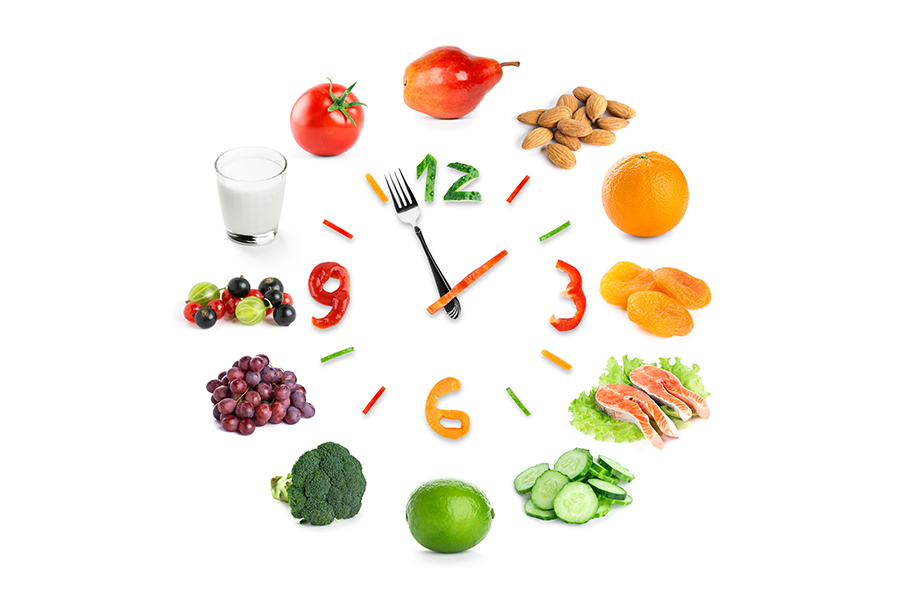As mothers and parents, we can bear (or raise) multiple children, and yet each and every one is so different. Let’s take eating, for example. I have three children with three very different preferences and aversions right from the start. Just because one child enjoys certain foods, another one of your children may find the smells, appearance and textures of that very same food offensive, “gross” or even vomit-inducing.
Nearly every child exhibits some kind of picky eating habits during the first few years of life. But for children who may be on the spectrum, who are navigating developmental disabilities, or who have struggled with food in the past, food challenges can be taken to an entirely new level. Here are some strategies to achieve a more nourishing diet and keep food fun.
What are the Challenges?
For children with sensory issues, with anxiety, or who are on the Autistic Spectrum, our main concern is navigating a very narrow menu with an emphasis on carbohydrates. For example, the top contenders tend to be macaroni and cheese, pizza, chicken nuggets, pasta with sauce or butter, gold fish, etc. Aspects of food that can turn a child away from certain foods or food categories can be taste, color, smell, and texture.
Many parents become highly concerned that their child is not consuming proper nutrition needed for brain and body development. It also creates a high level of tension at meal times when the food of choice is not available. Families end up being restricted in where they can eat out of their home, which creates stress and resentment by other siblings. Food challenges can create stressful meal times, fighting, and difficulty in eating a meal together as a family unit.
Our children also tend to have a strong preference for a particular brand and will notice the small differences if there is a brand change. These subtle differences can result in rejection of the food, crying, a meltdown or even physical aggression. Children who are picky eaters also tend to eat “clean” where they don’t like spices or condiments. They also may prefer soft bread with butter which are all mild flavors that are predictable. Foods that are crunchy or contain spices can be “alerting,” which can lead to sensory overload for many children.
Strategies for Picky Eaters
Dana Blumberg, Occupational Therapist in Livingston NJ, begins her assessments by asking parents to create a list of all the foods that a child will eat. Most parents share that their child will eat the same food repeatedly and then stop. They become bored and then switch to another food that they consume over and over again, and the cycle repeats itself.
Blumberg then creates 3 categories for the family to work from:
- Foods that the child eats
- Foods that the child used to eat
- Foods that the parents wishes for their child to eat
Identify the Root Cause of Food Aversions
It’s important to rule out gastrointestinal issues that may be leading to the strong food preferences. Look closely at foods that may be contributing to discomfort, such as reflux or constipation. Additional consultation may be necessary with a Registered Dietitian/Nutritionist in order to help children to gain weight appropriately and gain the nutrients needed for growth.
Another factor to evaluate is oral motor strength. Dana Blumberg emphasizes the importance of the physical ability and strength to chew and crunch down on foods that require more pressure to break them down. Once that’s ruled out, she then reviews the textures and smells of the preferred versus the non-preferred foods.
Some children are also averse to foods of a certain color, for example green. When this is the case, she will bring in green items and place them all over the treatment room in order to decrease the child’s sensitivity to the color. She will ask parents to do the same at home. The goal is to help the child to undo the association and learn to tolerate the color, which will have an impact on eating as green foods as well.
Overcoming Aversions
Her treatment plan consists of a systematic and hierarchical graduation of introducing non-preferred foods that parents would like for their children to consume, such as fruits or vegetables. You and your child should:
- Play with the food
- Kiss the food
- Lick the food
- Place the food in the child’s mouth and then spit it out
- Take a bite
- Chew and swallow the food
Blumberg encourages parents to set the expectation that the child will come to the dinner table and sit on a chair with feet on the ground. “The child needs to feel the ground so that he knows where his body is in space and time.” The child can set up their plate for themselves, and the expectation is that the child will remain seated, eating or not, for a specific duration of time.
It’s also important to maintain consistency in meal and snack times each day. Avoid eating in front of a screen such as an IPAD or computer. Also, avoid eating in the car as much as possible. Your child can help to set the table and clear the dishes from the table in order to build a clear routine around mealtimes and build the expectation that meals are uninterrupted time of eating and joining together as a family.
Parents who have picky eaters can also use reward systems* to encourage their child to build their tolerance to certain foods. The goal is to build a varied palate for your child that ensures nutrition. Use of multi-vitamins or smoothies can also be helpful as parents can hide fruits and vegetables and cover up their flavors and smells.
*Opt for non-food rewards, instead of a food reward. When food is given as a reward, children start to connect it with something good or bad, rather than to see food as fuel for their body. According to the American Academy of Pediatrics, kids may use food to avoid feelings or situations that are difficult for them to handle. Some non-food reward ideas include:
- Praise
- Stickers
- Play date with friends
- Sleepover with friends
- Special time with parents or grandparents
- Sitting at the head of the table for dinner
- Trip to the park, pool, skating rink, bowling alley or movies
- Time off from chores
- More screen time (computer, tablet, TV, video games)
- Additional minutes on the cell phone
- Additional car privileges
Remember, making long-term dietary changes is a marathon, not a sprint. The goal is to keep food fun – and that goes for parents, too! Your child’s eating habits won’t likely change overnight, but the small steps you take each day can help promote a lifetime of healthy eating.























